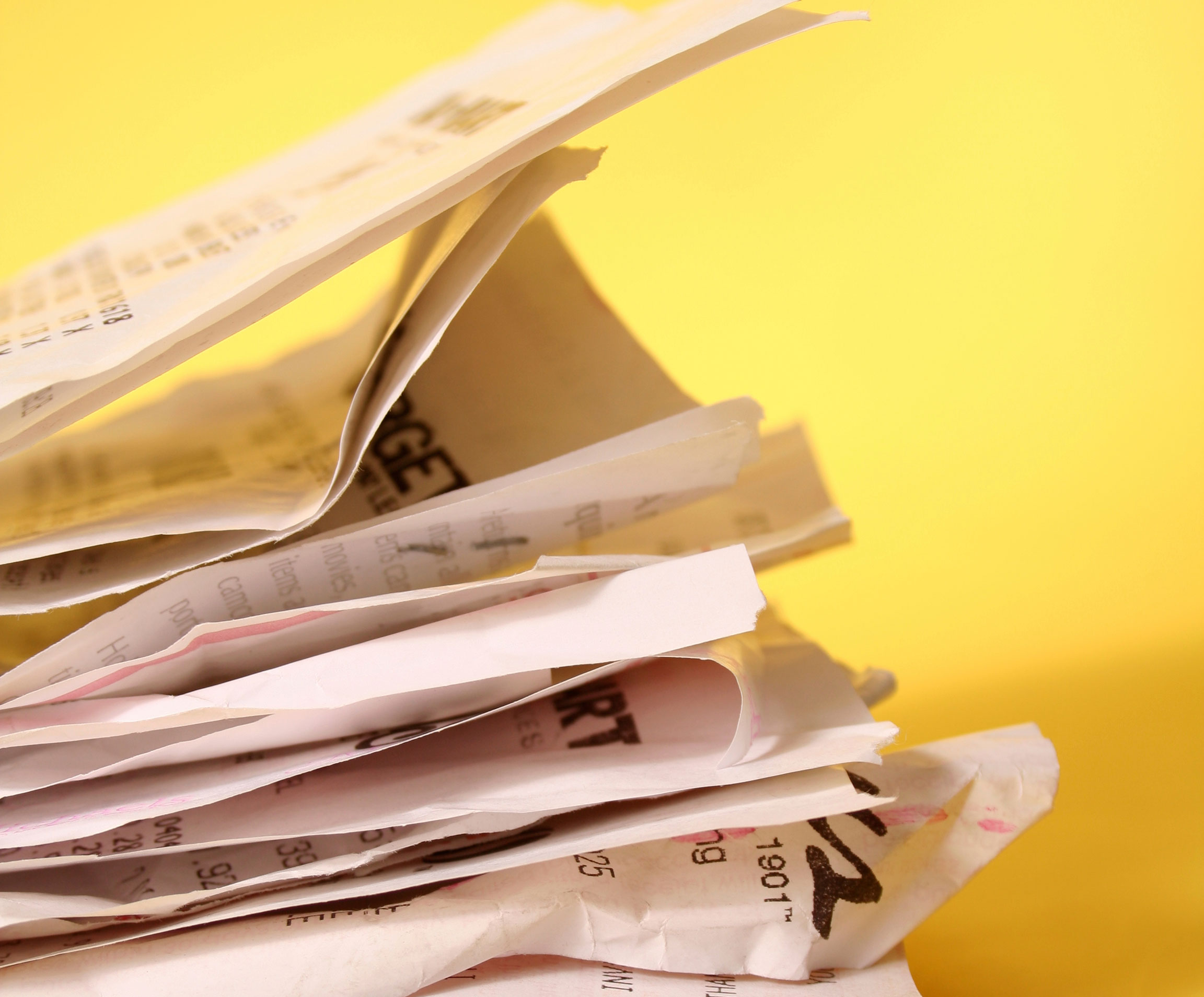For businesses that want to automate processes where document are concerned, few would argue that invoices top the list, followed by forms that initiate business transactions or processes. It’s obvious due several aspects including importance of data, the higher volumes involved, as well as the time spent for costly manual data entry and correction. Clearly the value is there.
When taking these three criteria to evaluate types of business documents, there is another type of document that often goes unnoticed: the purchase receipt. And if you factor the importance both from an individual as well as a business perspective, there are few documents that are more important. Yet these documents are largely still subject to manual processing, whether it be the capture of the document itself or the data on the document. But why? The answer is twofold:
- the volumes of these documents is enormous, estimated by the leading manufacturer of receipt printers to be over 5 QUADRILLION worldwide; and
- the complexity of the data due to the large number of varieties in receipt layout and content.
Receipts in All Shapes and Sizes
The variety of receipts is orders of magnitude higher than many other types documents such as invoices. While invoice varieties number in the tens of thousands – potentially one style for each business that issues the invoices – receipts can vary widely within organizations. one for each retailer that issues receipts which is practically every retailer. And receipts can often be variable within a retailer; a receipt from a a box store in San Diego can be different from the same box store located in Portland.
Receipts as Data Gold
Looking at the data, there is no doubt it is valuable. For expense reimbursement, the document and the data are essential. When looking at the data for marketing, the ability to identify purchases of specific goods or services within a specific date range, in a specific geographic region could be “data gold” to businesses wishing to issue competitive offers or time-based promotions. And certainly individual consumers can make better use of receipt data to understand spending patterns to better-manage budgets and return or warranty policies. But these needs are hindered by the lack of high quality and automated receipt data extraction. Until now.
New Advancements in Receipt Data Extraction
Parascript has made available its receipt classification and data extraction module as both a SDK and as a managed extraction and data quality workflow solution for all type of organizations. We have been working on this new technology for almost two years and the results are a platform that provides the industry’s best data extraction performance for key receipt data including vendor, date, taxes, subtotals, totals, payment type, city, stated, and zip code. The platform also uniquely supports location and extraction of hand printed tip and total data common on service receipts.
Further, this is not just “OCR of receipts”. This new platform uses algorithms focused on relational and semantic analysis of data specific to receipts in order to provide not only the highest recognition rates, but also combined with the lowest error rates. This means more straight-through processing and fewer downstream data quality problems. We’ll talk about that at more length in the very near future.
We’re very excited to bring this new capability to the market and support the same improved process efficiencies that made us famous for check and post data extraction. Find out more about Receipt Data Extraction.




